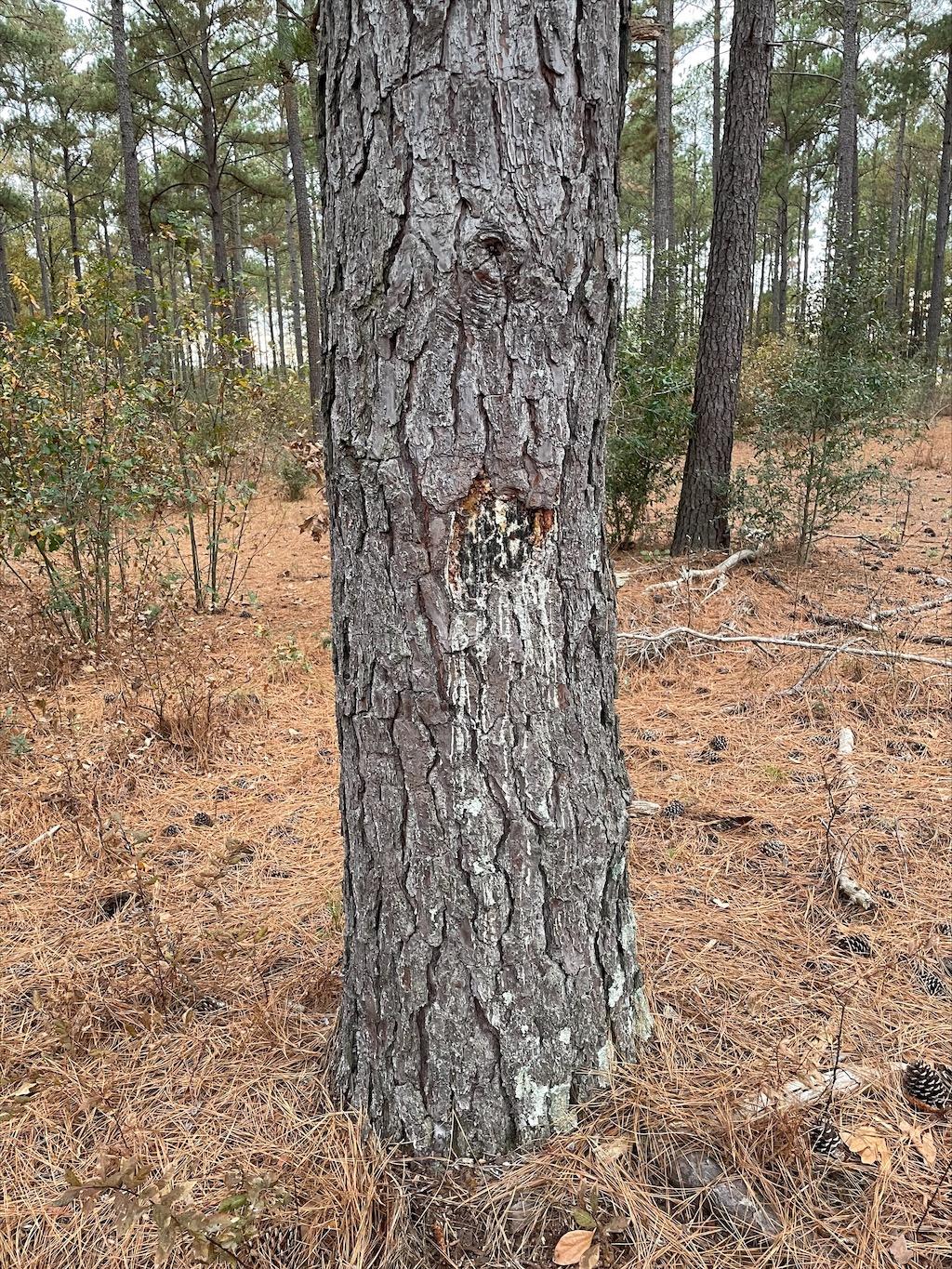Are You Prepared To Deal With The NTSB?

In my last column, I mentioned that, at the age of 17, I managed to find myself on the scene of the fatal King Air crash. In the next year or so, I revisited the site a few times to study the impact angles through the trees. That was in the mid 1970s.
A few weeks ago, I was returning from a speaking engagement at a Rotary Club in a small town about an hour way from there. My GPS routed me fairly close to where the crash had occurred. I made the snap decision to see if I could find it again.
An area that was once a backcountry road had now become an area brimming with neighborhoods that had spung up over the decades. Things didn’t look familiar at all. I had a lump in my throat. Could the crash site now be someone’s backyard?
Suddenly, as I was driving, I looked to my left. I had a brilliant flashback. There it was--exactly as I had remembered--the small field from the road leading to where the King Air had crashed.
As I hiked through the field, I recalled that cloudy, misty day in December 1973, when I followed the coroner though that same field. I envisioned where the yellow tape had been strung between trees. I recalled hearing someone telling the coroner that there were at least two fatalities, and that it would take a crane to get the fuselage unwrapped from the towering pine trees.
I continued into the wooded area. I knew I was in the precise spot when I noticed several pine trees with missing bark on only one side--the side from which the King Air would have approached. Sap, long ago dried, had dripped from those injured areas.
In the 48 years between my first visit to that location, I’ve been on several aviation accident scenes while working for the NTSB. For those that were business aviation flights, none of the operators had a clue about dealing with the NTSB. Following the Boy Scout motto of “Be prepared,” I offer the following guidance.
Obtain Party Status. NTSB designates “party status” to those organizations that can offer technical expertise to the investigation. By law, FAA is always a party to NTSB investigations. Other parties often include the airframe manufacturer, engine manufacturer and the operator of the aircraft. For airline accidents, party members might include unions for pilots, maintenance technicians, flight attendants and air traffic controllers.
Party members work alongside NTSB investigators to assist with gathering factual information pertaining to the accident. Although not all parties participate in all investigative activities, party members often attend interviews, engine teardowns and component testing.
The main objective behind the party system is that parties truly provide NTSB investigators with technical information that they may not otherwise have been able to access. Who understands the systems of a Gulfstream better than the people who designed and manufactured them? Who knows the procedures and operations of a company better than company personnel themselves?
Although providing technical expertise is the main reason for the party system, there are advantages to becoming a party member. Back in my airline days, long before joining the NTSB, I was an ALPA party rep to a few accident investigations involving my carrier. From that experience, I know the importance of having a seat at the table. You not only have the opportunity to observe and be part of what’s going on, but you also have the opportunity to offer suggestions for areas you believe need to be examined.
The rules for party members are spelled out in 49 CFR 831.11. One stipulation contained in those regulators is that parties shall not be “any person who also represents claimants or insurers” or those representing legal positions. It’s important to remember that party status isn’t a right--it’s a privilege, and as such, it can be revoked for noncompliance with NTSB practices.
To obtain party status, establish communications with the investigator-in-charge (IIC). Explain that you have technical expertise that may be helpful in the investigation. That’s the key--emphasize that you can provide technical expertise to the investigation.
Make a Party Submission. As the investigation is concluding, NTSB offers parties the opportunity to make a written submission to the agency. This is your chance to officially tell the NTSB what you believe are the salient points of the investigation, including proposing findings, probable cause(s), and recommendations. As a board member, I always made a point to read party submissions. I found it invaluable to glean different perspectives.
Meet with Board Members. Board members are those who will ultimately rule on the accident, so it’s important to meet individually with each of them before the board votes on your accident. Just as I found reading party submissions to be invaluable, meeting with parties allowed me to hear their viewpoints, as well as ask questions about points raised in their submission and during our meeting.
Board members are prohibited by the Government in the Sunshine Act from conducting business when more than two board members are gathered, unless the meeting has been publicly announced and is open to the public. Therefore, your meeting with the board members would not be in front of the full five-member board, but rather, most likely would be a meeting with individual members, one at a time. Arrange these meetings through the IIC.
I’ve been on both sides of the table of the party system--as a union rep dealing with airline accidents, and as an NTSB board member. The system works very well. It helps the NTSB gain access to technical expertise, and it provides party members with the opportunity to work with investigators as they work to determine what happened. Be prepared to deal with the NTSB, and hope that you never have the occasion to do so. If your operation is involved with a crash investigation, the above tips should serve you well.





Comments